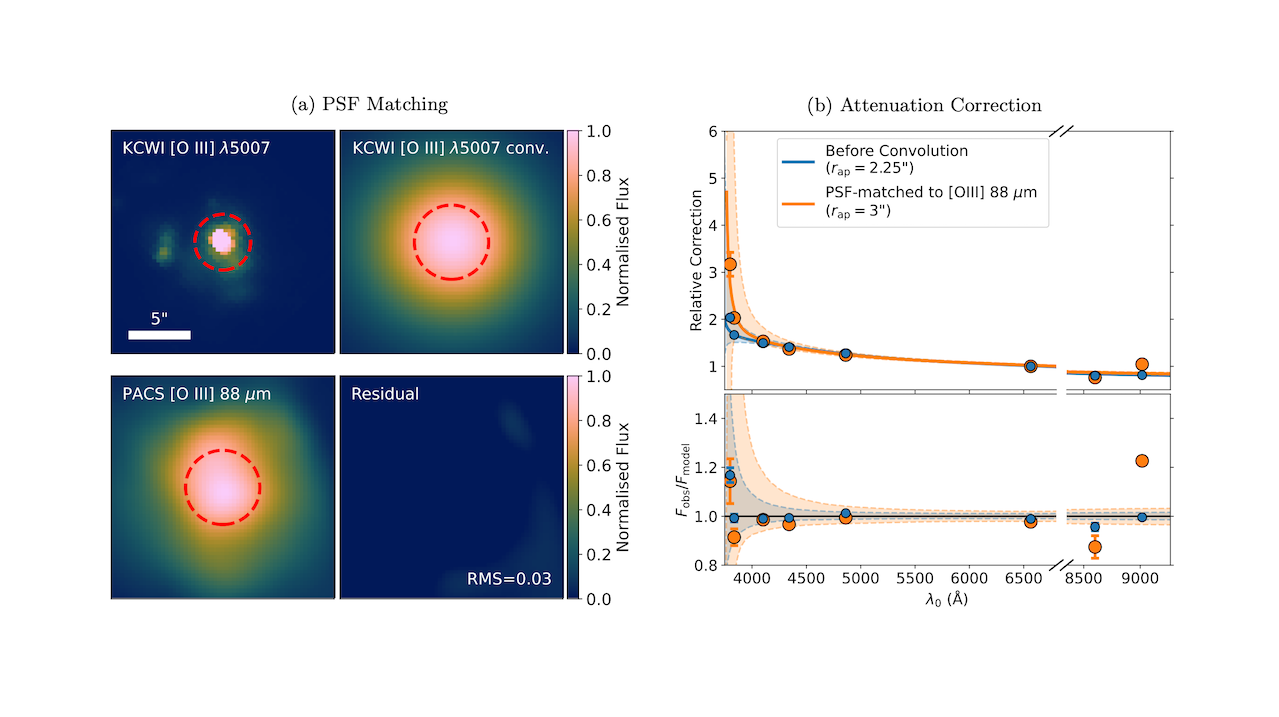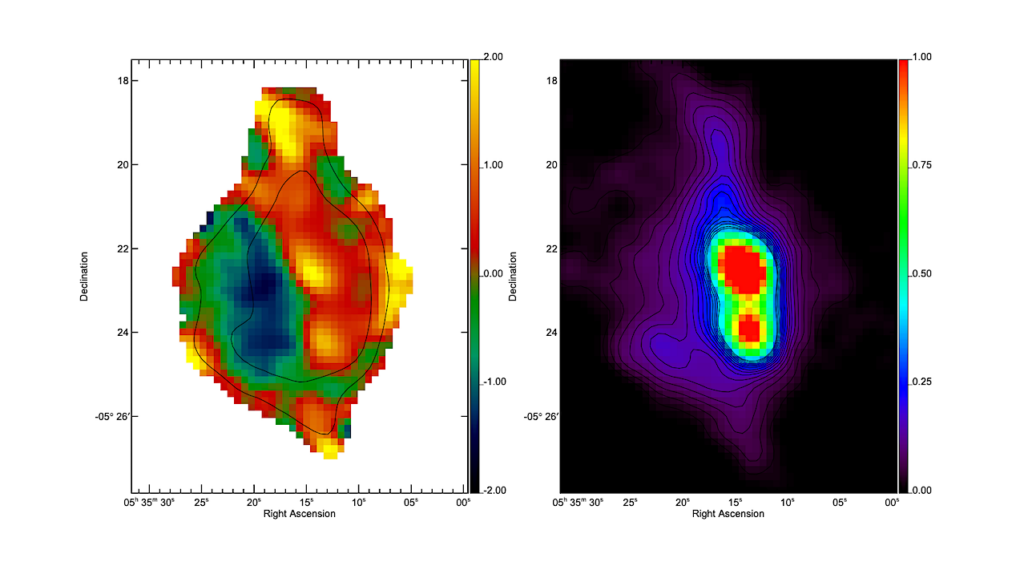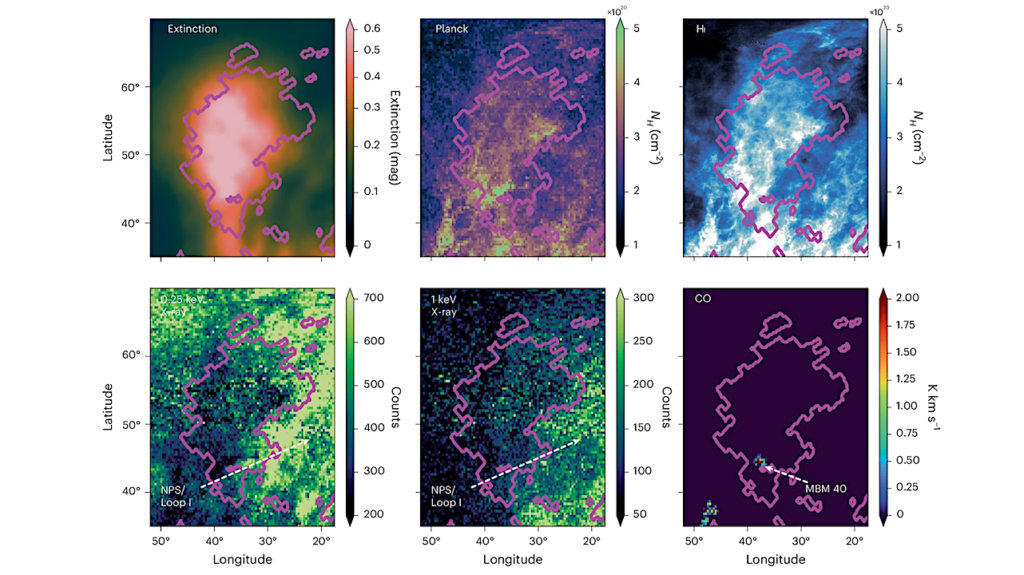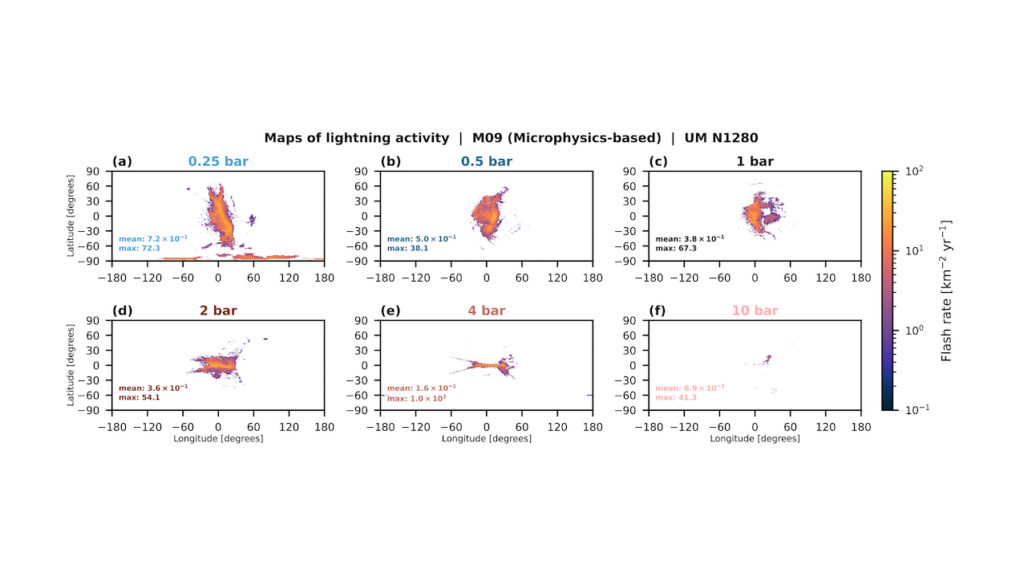Robust Nitrogen and Oxygen Abundances of Haro 3 from Optical and Infrared Emission

Accurate chemical compositions of star-forming regions are a critical diagnostic tool to characterize the star formation history and gas flows which regulate galaxy formation.
However, the abundance discrepancy factor (ADF) between measurements from the “direct” optical electron temperature (Te) method and from the recombination lines (RL) represents ∼0.2 dex systematic uncertainty in oxygen abundance.
The degree of uncertainty for other elements is unknown. We conduct a comprehensive analysis of O++ and N+ ion abundances using optical and far-infrared spectra of a star-forming region within the nearby dwarf galaxy Haro 3, which exhibits a typical ADF. Assuming homogeneous conditions, the far-IR emission indicates an O abundance which is higher than the Te method and consistent with the RL value, as would be expected from temperature fluctuations, whereas the N abundance is too large to be explained by temperature fluctuations.
Instead a component of highly obscured gas is likely required to explain the high far-IR to optical flux ratios. Accounting for this obscured component reduces both the IR-based metallicities and the inferred magnitude of temperature fluctuations, such that they cannot fully explain the ADF in Haro 3. Additionally, we find potential issues when predicting the RL fluxes from current atomic data.
Our findings underscore the critical importance of resolving the cause of abundance discrepancies and understanding the biases between different metallicity methods. This work represents a promising methodology, and we identify further approaches to address the current dominant uncertainties.
Yuguang Chen, Tucker Jones, Ryan L. Sanders, Dario Fadda, Jessica Sutter, Robert Minchin, Nikolaus Z. Prusinski, Sunny Rhoades, Keerthi Vasan GC, Charles C. Steidel, Erin Huntzinger, Paige Kelly, Danielle A. Berg, Fabio Bresolin, Rodrigo Herrera-Camus, Ryan J. Rickards Vaught, Guido Roberts-Borsani, Peter Senchyna, Justin S. Spilker, Daniel P. Stark, Benjamin Weiner, D. Christopher Martin, Mateusz Matuszewski, Rosalie C. McGurk, James D. Neill
Comments: 18 pages, 7 figures, and 2 tables. Submitted to ApJ
Subjects: Astrophysics of Galaxies (astro-ph.GA)
Cite as: arXiv:2405.18476 [astro-ph.GA] (or arXiv:2405.18476v1 [astro-ph.GA] for this version)
Submission history
From: Yuguang Chen
[v1] Tue, 28 May 2024 18:00:03 UTC (668 KB)
https://arxiv.org/abs/2405.18476
Astrobiology, Astrochemistry,








